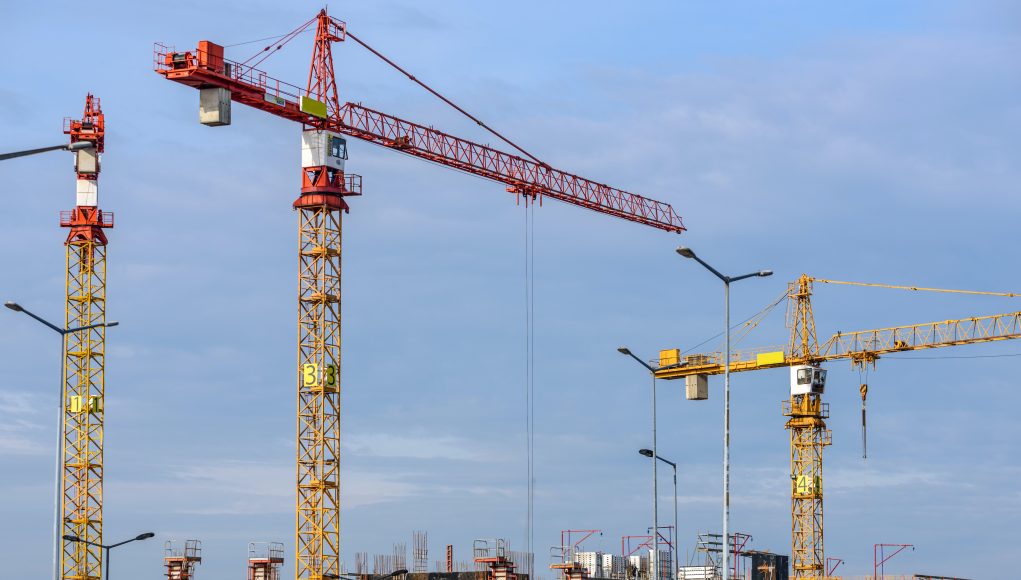Due to the covid 19 pandemic, the supply chain was badly disturbed. There were huge supply chain disruptions across the industries, from toilet paper, cleaning supplies to food. Most of the places have gained their normalcy back; however, the nation is still facing a lot of shortages. The construction sector is also being affected by these shortages. There have been a huge scarcity of driving materials, timber lumber, etc. these shortages are due to the growing demands for new construction and bigger home amid the pandemic, along with the covid-19 pandemic restrictions and the government shutdowns that the orders stifled.
- The current situation of construction driving materials shortage:
The construction industry has been severely affected all year round by the diminishing supplies of important building materials like roof tiles, cement, and steel. Due to this, the materials’ prices also started to rise Between September 2020 and September 2021. It was estimated that there was a 1% month-on-month increase from September to October after that.
Mr John Newcomb and Mr Peter Caplehorn, the co-chairs of the CLC’s Product Availability working group, believe that the material shortage is primarily induced by the rising inflation and energy cost and the uncertainty over a potential increase in covid cases. Also, the full border control implemented at the end of the year was among the many factors that played a part in creating the construction driving material shortage in the UK.
Although there is not that much demand for the product, the supply is still struggling to meet the customers’ desires, as reported in the latest construction products availability statement.
- Shortages of the products that can be seen:
The supply of timber is struggling very much; substantial shortages are being faced since the last year in timber stocks. There also is a significant increase in its price by 64 per cent. Another factor that slowed down the production of timber in the mills of Scandinavia was the significant delay at the ports.
There is also an extreme shortage of plaster, due to which it has been subjected to extended lead times. Although the supplies have improved still there are some ongoing challenges with the supply, according to CLC.
There is also a shortage of paints and sealants. Their supply is still affected due to the global shortage and the shipping cost of the containers.
Another thing facing extreme shortages in the construction sector is roof tiles. According to the National Federation of roofing contractors (NFRC), the lead time of the concrete and clay roof tiles continues to be extended, averaging around 20-24 weeks. Sometimes it can even rise to 36 weeks.
Steel is also scarce in the market. British’s steel halted to take orders on structural steel due to extremely high demand. After that, they raised the transaction prices of each tonne on all-new orders. Right now, there is a shortage of steel lintels. Apart from that, the increasing cost of gas and electricity and related carbon cost is also leading to a significant increase in the transaction prices, including glass, bricks, ceramic products, etc. The supply of cement also decreased in the last year. Cement production dropped from 11.4 % in 2021.
General levels of uncertainty over the upcoming months are a sign of concern. The region has recognized a loss of surety over inflation and product prices for substances together with metal, cement, bricks and glass, which might be sent northwards by growing energy prices.
The ramifications of the scarcity have rippled via the enterprise. The increasing cost of lumber has impeded contractors’ potential to construct contracts for the originally agreed-upon price and hindered the ability of the customers to pay the increased costs. The increased fees are handed to providers to the builders and contractors to consumers.
- Conclusion:
The problems airing from the shortages do not stay limited to the consumer contracts. It also affects the contractor and builders. Many firms like western industrial business interiors struggle to find materials in the first place, let alone find affordable material. This hardship leaves the suppliers susceptible to allegations, specifically by the builder’s developers and other contractors. They are blamed for using the pandemic’s shortages to raise the price of the goods unfairly. This is a huge problem lingering as the current shortages of the products are causing delays and a rise in prices. It is suspected that supply will eventually catch up with the demand, but firms need to utilize termination, price escalation, and other incentives to mitigate the impact.
















